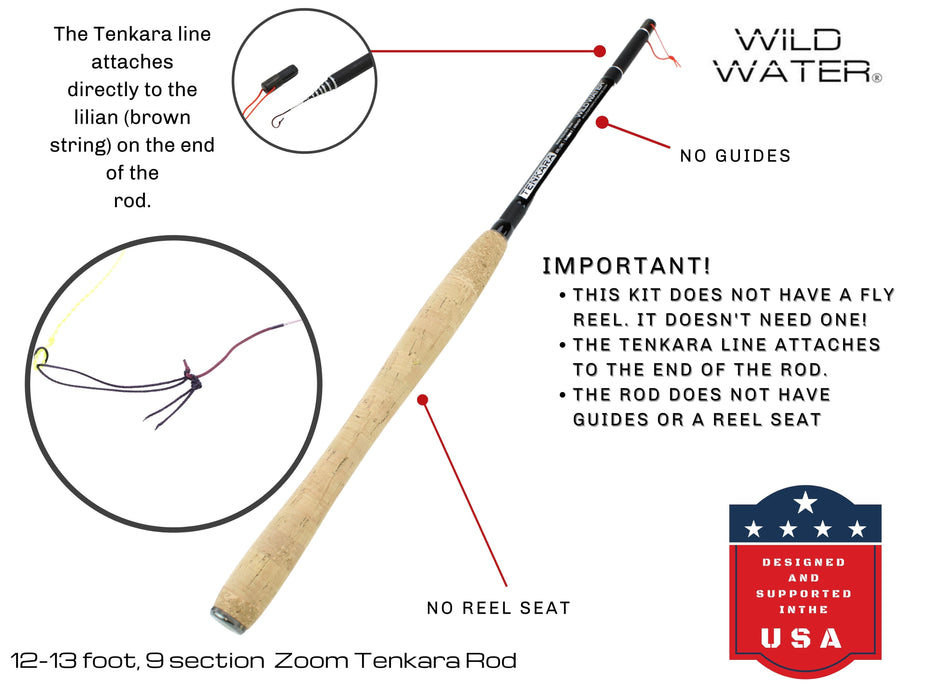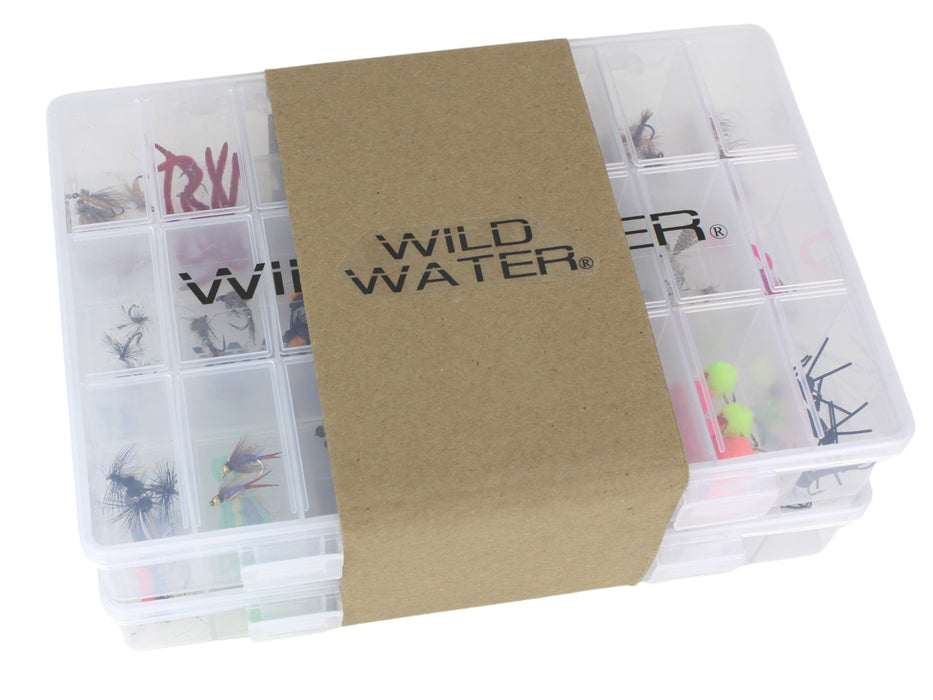As you lay your roll cast out upstream of the fast water eddy you can see behind the rock in front of you, your indicator marks the voyage of your fly below the surface. That little submarine and its marker are making it to the rock when you flashback to your childhood and think of the first time you saw a bobber go under. The anticipation heightens your senses even if just for a moment, ready to strike like the Heron you saw a brief hour before.
If a Dry Fly is the king of the fly box then the Nymph is certainly the Queen, I mean this in the way of chess. The Nymph will likely catch more fish on any given day than the dry. It is more subtle, can be fished at any depth, and less needs to go right with a nymph than a dry. Most of a fish’s feeding will be done sub-surface throughout its life, they will gain a bulk of their weight by feeding on the subsurface phase of the insects’ life cycle.
A great way to choose a nymph to tie on is to gently pick some rocks up off the bottom of the stream. Look at the bottom of the rock and see what is clinging to it. Also try and observe the place where the rock just came from to see if you might be able to glean a clue from the silt. This goes back to matching the hatch. Pick the fly in your box that best resembles what you see. Size generally matters more than color. Everyone has a favorite nymph, mine happens to be the Bead Head Pheasant tail. If I don’t know what to throw I will generally have that at the end of my line.
To fish a Nymph the most effective way is with shot and indicator. You will want that fly to slide through the water just above the bottom. You can pinch more shot on to get it deeper or down more quickly in fast water. An indicator can be thought of as a bobber. However, an indicator can be yarn, foam, cork, styrofoam and an assundry of other materials and a bobber is generally wood or plastic and bobs. Indicators can be moved up and down your leader to help with depth control. You want to use the least obtrusive indicator you can. It still has to float on top of the water but the smallest piece of material possible will help you have the most natural drift for the fly below.
So, your setup from the fly back to the rod will look something like this: nymph (matched to hatch), shot (if needed), indicator (less is more), then leader to line. If your fly is hanging up on the bottom you need to move the indicator towards it so that it can hover above the bottom. The other option would be to reduce the amount of weight on the line but once shot is pinched on, it is next to impossible to get off. On the other hand, if your fly is returning to you without the occasional leaf or debris from the bottom in conjunction with never getting hung up you need to get it deeper. Move the indicator towards the fly line and/or add weight. When in doubt move the indicator first. Add weight if you can see your fly tailing behind the indicator, high in the water column.
When the indicator goes under or makes a sudden inconsistent movement, set the hook. Hook sets are free, take as many as you’d like. The indicator is there for depth control on one hand but it exists to indicate a strike. Hence the name.
Nymph should be fished around cover- rocks, log jams, eddies, current breaks, and deep pools. Riffle and tail outs are better left to Dry Flies. If you are going to a new stream, the water is fast and high, it has rained, it's early in the year, or there is no apparent hatch, these are all Nymphing situations. Remember the Queen is the most versatile and deadly piece on the board.


























































